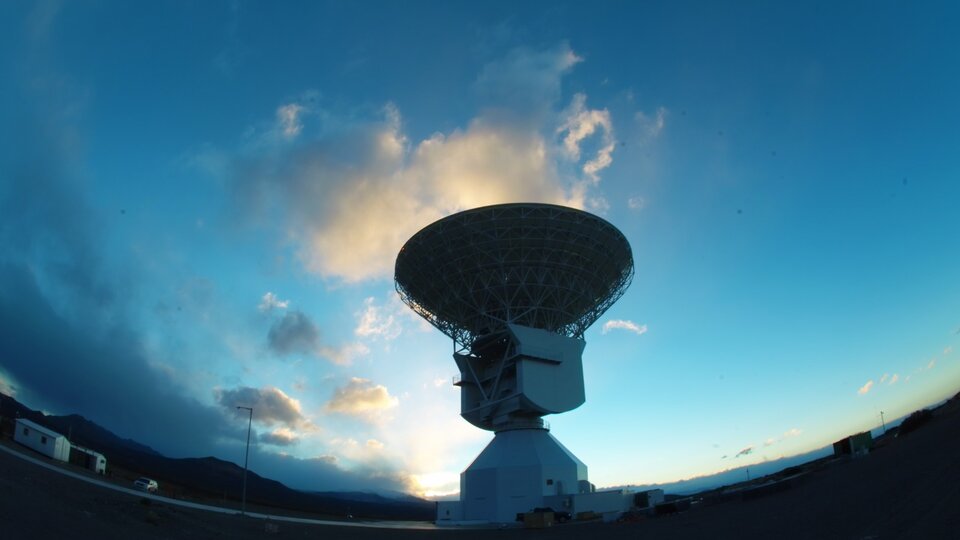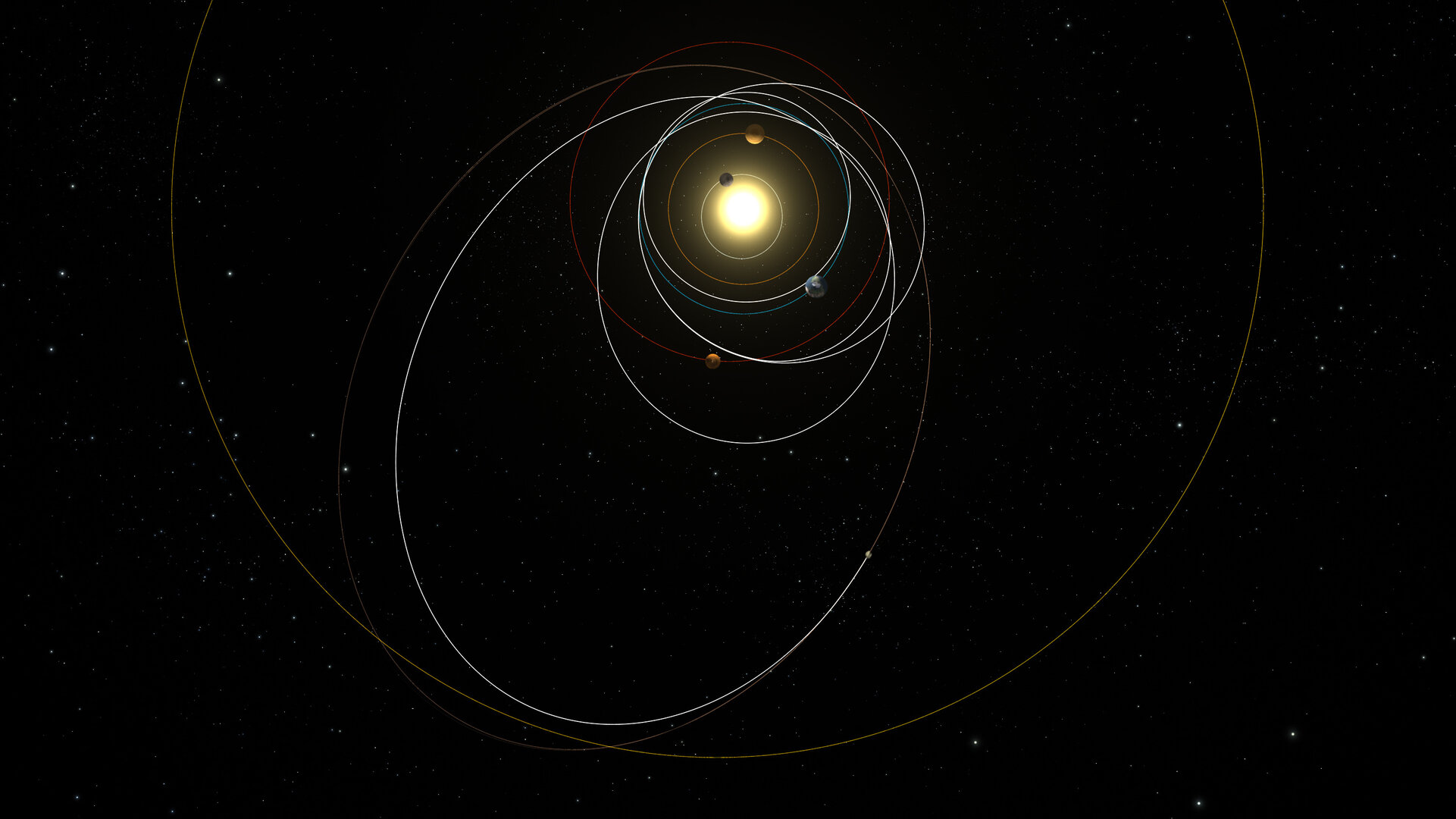The life of a mission
ESOC links people with spacecraft travelling to the frontiers of human knowledge. Our world is about teams, systems and communication; our passion is for humanity’s voyages into the Universe.
Conception
At ESA, satellite missions follow a well-tested lifecycle, starting years before launch with the conception and initial design of the spacecraft; this is done by a dedicated project team located at ESA’s Space Research and Technology Centre (ESTEC) in The Netherlands.
In parallel, at ESOC, work begins at an early stage on the new satellite’s ground segment – the computers, software, systems and networks on Earth that will be used to control the satellite in space.
Spacecraft are operated at ESOC using the mission family concept, under which the same operation methods, facilities, software, tools and procedures are applied to a grouping of related missions. This significantly boosts efficiency, reduces costs and ensures that the best technologies and techniques enjoy quick adoption.

Mission analysis
Mission analysts perform a detailed mathematical assessment of the satellite’s potential orbits. This determines how best to fulfil the mission’s science objectives in terms of fuel allowances, achievable orbits, launch-vehicle capacity, available ground stations, operational complexity and expected lifetime.
Spacecraft are designed to travel in certain orbital ‘regimes,’ including
- Low- and medium-Earth orbit, nearly circular at about 400 to 1000 km altitude
- Highly eccentric orbit, varying between a low point, or perigee, of just a few hundred km out to a apogee, or high point, typically of several tens of thousands km
- Geostationary orbit, above the equator at about 36 000 km, where the satellite’s orbital speed matches the speed of Earth’s rotation (a 24-hour orbit, matching a 24-hour day)
- Lagrange orbit, at, for example, the L2 point 1.5 million km from Earth
- Interplanetary travel, sometimes out to a thousand million kilometres from Earth and tracing trajectories to our Moon, a planet like Mars or Venus or to another object in our Solar System, like a comet or asteroid
Satellites and spacecraft travel at tremendous speeds! The International Space Station and Europe’s Automated Transfer Vehicle, for example, travel at 28 000 km/hour with respect to Earth; NASA’s Cassini mission to Jupiter has exceeded 144 000 km/hour with respect to the Sun.
Mission analysis is performed with the aid of advanced methods in celestial mechanics, applied mathematics and control and estimation theory. Powerful workstations and a suite of sophisticated software tools allow in-depth analysis of all aspects of orbits and trajectories.
To support this work, animated graphic visualisations of particular regions of space are used, including Earth’s magnetosphere and radiation belts. It is also important to visualise the dynamic 3-D relationships between the spacecraft, Earth, Moon, the Sun, the planets and asteroids.

Operations concept
Before the satellite is even built, teams at ESOC formulate the operations concept. This defines the overall scenario for daily operation and control of the satellite and its payload, describing who does what and how and when it should happen, throughout the life of the mission.
This is used to help define the working requirements for both the ground segment and the spacecraft, helping ensure that the ‘end-to-end’ space-to-ground system can achieve the mission’s objectives.
Even the innocuous-sounding ‘routine phase’ includes numerous special events in a satellite’s life – like eclipses, contingencies or orbit changes – that make operating a mission anything but routine.
The various mission phases must also be assessed. These include the critical launch and early orbit phase (LEOP), commissioning, and the routine phase, running through to mission completion. Each phase must be evaluated carefully, as each will need different support from the people and systems on the ground.
For example, the LEOP phase typically requires a main and backup Mission Operations Team, each comprising a dozen or more engineers – plus other specialists – to provide 24-hours/day, real-time control. Later, when the satellite is in the routine phase and is operating as planned, far fewer engineers are needed, teams are much smaller, and they usually work regular daytime hours.
Feedback to spacecraft construction
The critical mission analysis and ground-segment design work done at ESOC prior to launch is assessed in close cooperation with the mission’s Project Team at ESTEC. The results are then given to the manufacturer to integrate into the satellite’s final design and construction.




